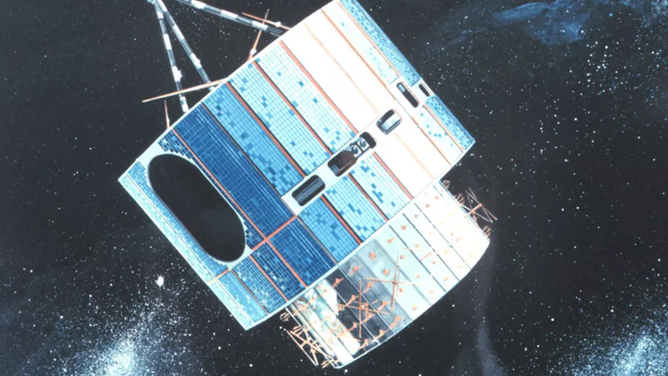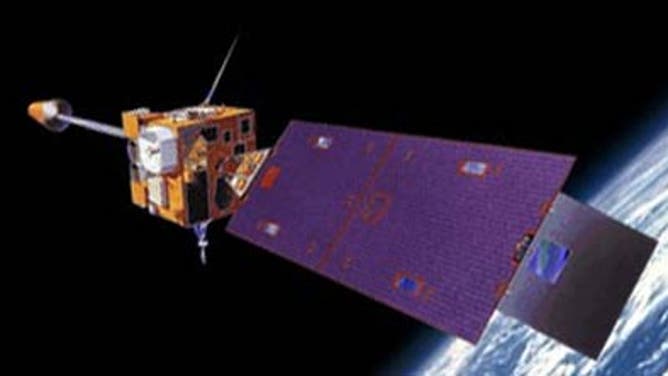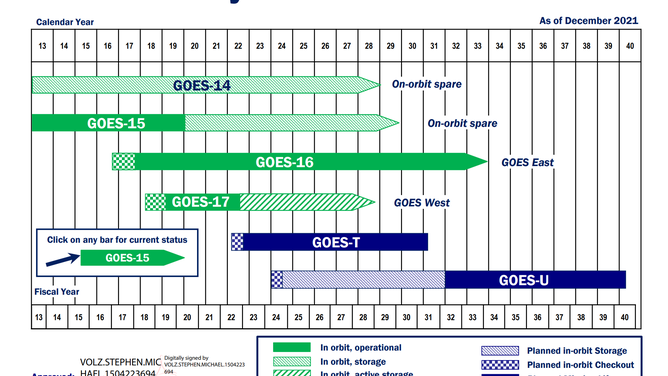46 years of GOES: How a history of achievements has changed weather forecasting
17 satellites have been part of the GOES program
Since the first launch of a Geostationary Operational Environmental Satellite from Cape Canaveral, Florida, in 1975, history has been made with each satellite’s impact on the weather community.
The GOES satellites have provided stunning images of hurricanes, critical data for climate forecasts and warned of solar disturbances.
The 17 satellites orbit at a speed matching Earth’s rotation, so they continually keep watch on their designated regions from a distance of around 22,300 away.
NASA estimates the satellites have taken over 3 million images of Earth so far, with many years ahead for the program.
There are currently three active GOES satellites, with the plan for GOES-T to join the pack in the coming days.
Series of successful satellites
From the GOES program’s start in the fall of 1975, images have flowed back to Earth, providing meteorologists and others critical data on the ever-changing climates.
The GOES-1 was the first in orbit and provided observations of clouds, temperatures and even wind fields.
It gave forecasters their first near-real-time look at Earth’s atmosphere.

GOES-1 was launched on October 16, 1975
(NASA)
GOES-2 AND GOES-3 provided similar remarkable pictures, but it wasn’t until GOES-4 started its orbit in 1980 that more significant firsts were beamed back to Earth.
The newest satellite allowed meteorologists to envision the clouds and other atmospheric measurements in 3D.
The spring of 1994 started a period of new generation spacecraft, with GOES-8 leading the pack.
GOES-8 and subsequent satellites captured images in high resolution and enabled the spacecraft to collect simultaneous streams of data at the same time.

GOES-8 was launched on April 13, 1994.
(NASA)
FORECASTING FOR A ROCKET LAUNCH BEGINS MONTHS BEFORE LIFTOFF
NOAA eventually began launching the latest generation of satellites, known as the GOES-R Series, in 2016.
These satellites have a multitude of sensors and solar imaging devices.
The advances help meteorologists monitor aerosols, dust storms, volcanic eruptions, forest fires and observe and predict more localized weather events.
The GOES-R series consists of GOES-16, GOES-17 and the future GOES-18 and GOES-19.
Biggest failure
Scientists have had overwhelming success with the GOES program and have had few events that onlookers would consider a failure.
Ironically enough, it was Mother Nature that caused the destruction of a satellite during an afternoon launch in Florida on May 3, 1986.
The satellite was designated to monitor temperatures and other atmospheric conditions.
ONE YEAR LATER: NO LIFE FOUND YET BUT PERSEVERANCE HAS RACKED UP ACCOMPLISHMENTS
NASA believes a lightning strike hit the Delta rocket carrying the satellite, leading to the mission’s failure more than a minute after launch.
GOES-G would have been the seventh satellite for the program.
Scientists were successful with the next mission launching the seventh satellite some nine months later.
Future satellites
NASA will launch the next satellite for the GOES program on Tuesday from Florida.
Once in orbit, the approximately 11,500-pound spacecraft will be positioned to watch over the Western U.S., Central America and the Pacific Ocean.
NASA says the spacecraft will continue improving forecasting capabilities and provide real-time warnings of disturbances both on Earth and in space.
It’ll gain the designation of GOES-18, while scientists back on Earth continue the assembly of its predecessor.
NOAA is aiming to launch GOES-U by mid-2024, with the hope that the new additions keep a watchful eye over the skies through 2040.

Years that the GOES satellites will be in orbit.
(NOAA)